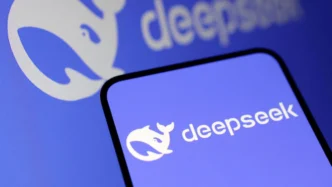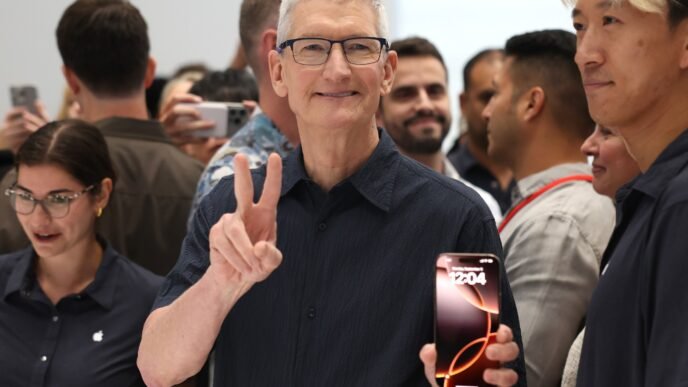This week, Chinese AI company DeepSeek launched its open reasoning model, R1, igniting intense discussions across the tech and venture capital communities. With claims of matching or outperforming OpenAI’s o1 model on specific benchmarks and achieving groundbreaking cost-efficiency in training, R1’s debut has redefined expectations in the AI landscape.
Key Highlights of DeepSeek’s R1 Model
| Feature | DeepSeek R1 | OpenAI o1 |
|---|---|---|
| Training Cost | $5.6 million | Hundreds of millions |
| Access to Advanced Chips | Limited due to sanctions | Unrestricted |
| Open-Source Availability | Fully open-source | Proprietary |
Silicon Valley Reactions
- Venture Capitalist Perspective
- Marc Andreessen, a prominent venture capitalist, called DeepSeek’s achievement “one of the most amazing and impressive breakthroughs I’ve ever seen.”
- His statement underscores the model’s potential to disrupt the global AI race by prioritizing innovation over brute computational force.
- Skepticism in the Industry
- Curai CEO Neal Khosla alleged that DeepSeek’s success might be a “state psyop,” accusing the company of falsifying costs to undercut competitors. However, these claims lacked evidence, as highlighted by Community Notes on X.
- Economic Implications
- Journalist Holger Zschaepitz pointed out that R1’s low-cost efficiency could challenge the utility of billions invested in AI infrastructure by U.S. firms.
- Collaboration vs. Competition
- Meta’s Chief AI Scientist Yann LeCun emphasized that DeepSeek’s success showcases the power of open-source collaboration. He noted that DeepSeek built on the foundations of previous research, such as PyTorch and Meta’s Llama, benefiting the global AI community.
Navigating U.S. Sanctions and Resource Constraints
Despite U.S. sanctions restricting advanced chip sales, DeepSeek managed to train its model efficiently. This remarkable feat underscores innovation strategies that prioritize:
- Resource Efficiency: Developing algorithms that maximize computational power.
- Collaboration: Pooling resources and leveraging global expertise.
As noted by the MIT Technology Review, these strategies reflect how adversity can drive innovation.
The Consumer Impact: A Surge in Popularity
DeepSeek’s AI assistant quickly became the top free app on the Apple App Store, surpassing ChatGPT. This consumer-driven response highlights:
- Accessibility: Open-source models encourage widespread adoption.
- Affordability: Lower training costs translate into more competitive pricing.
The Future of AI: Key Takeaways
1. Open-Source Models vs. Proprietary Systems
Open-source AI is rapidly gaining ground. According to Yann LeCun, open research enables collective innovation, reducing barriers for emerging players.
2. Economic Disruption
DeepSeek’s cost-effective model could reshape global AI investment strategies, urging companies to reconsider their capital expenditure on AI projects.
3. Cross-Border Collaboration
Rather than framing the AI race as a geopolitical contest, experts like LeCun argue for a focus on shared progress and innovation.
4. Consumer Adoption Trends
The success of DeepSeek’s assistant app underscores the importance of user-friendly and cost-effective AI solutions in driving mass adoption.
A Vision for the Future: Beyond Competition
As Y Combinator CEO Garry Tan noted, affordable and efficient AI training will increase demand for real-world AI applications, benefiting the entire industry. In a rapidly evolving field, collaboration and open research may be the ultimate tools for progress.
DeepSeek’s Role in Shaping the AI Landscape
DeepSeek’s R1 model has not only sparked global debates but also challenged conventional notions of AI development. By focusing on innovation, efficiency, and collaboration, DeepSeek has positioned itself as a game-changer in the AI arena.
This human-centric approach to DeepSeek’s success story emphasizes the blend of technical achievement, industry reactions, and consumer impact, making the narrative relatable and engaging for readers.













